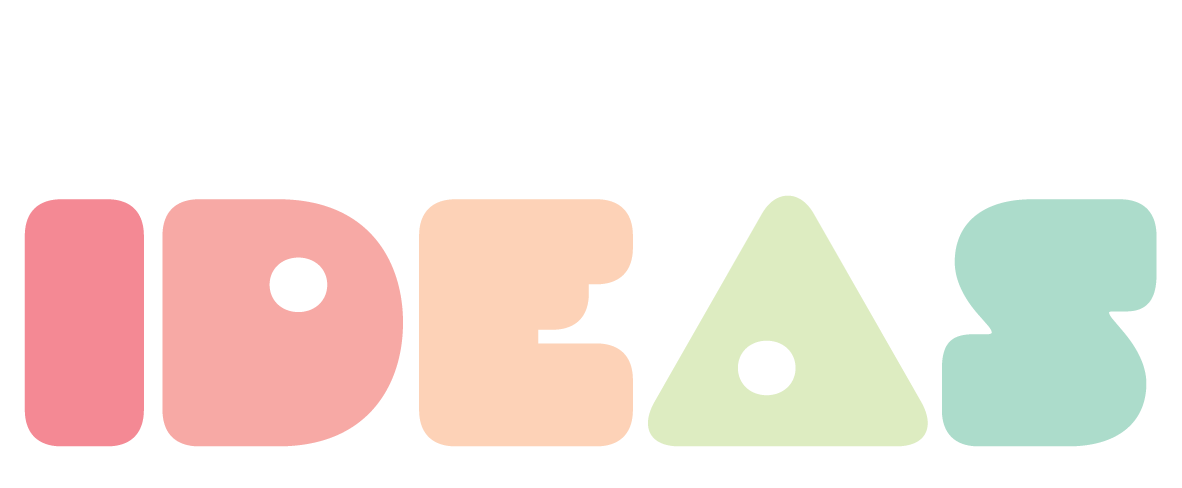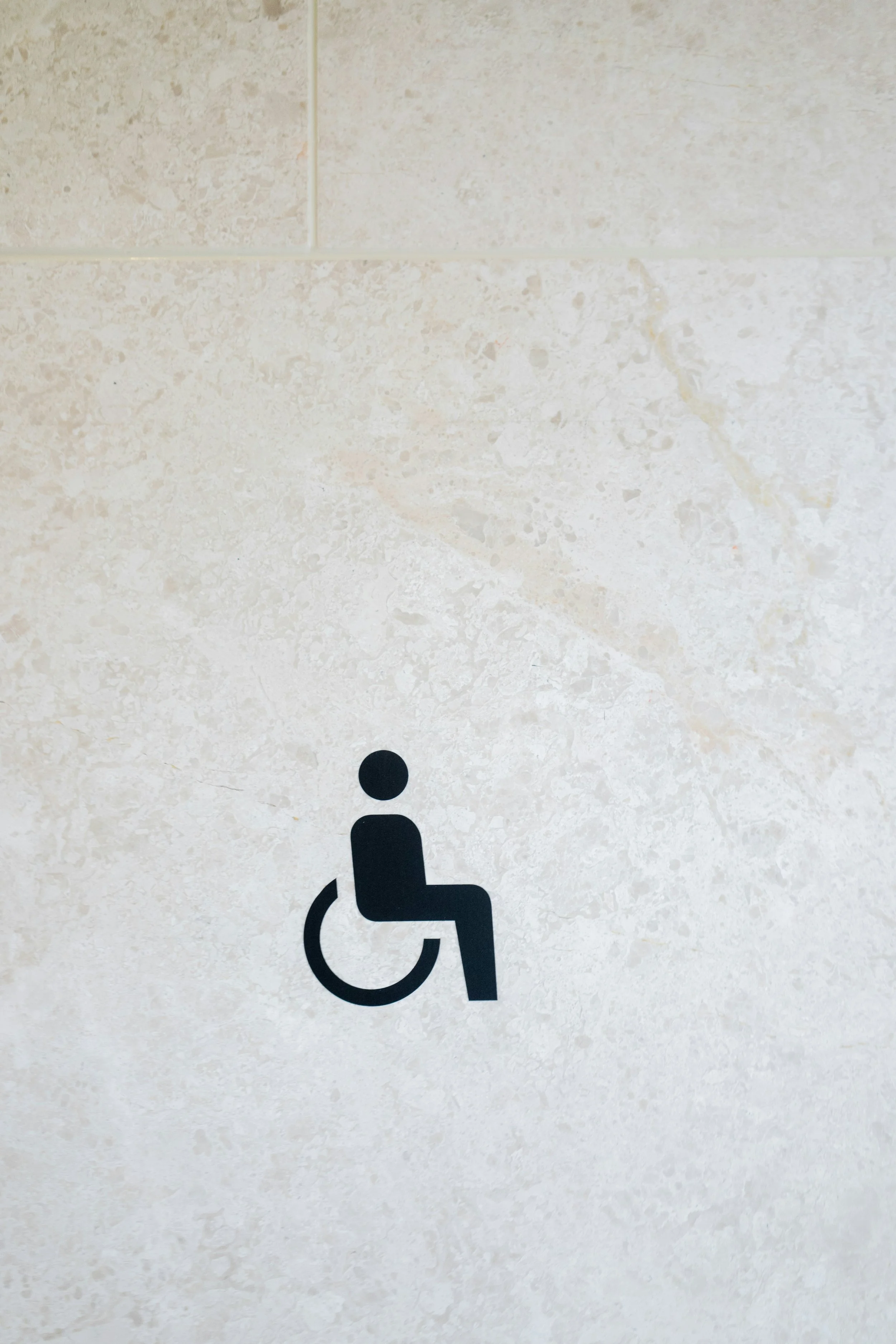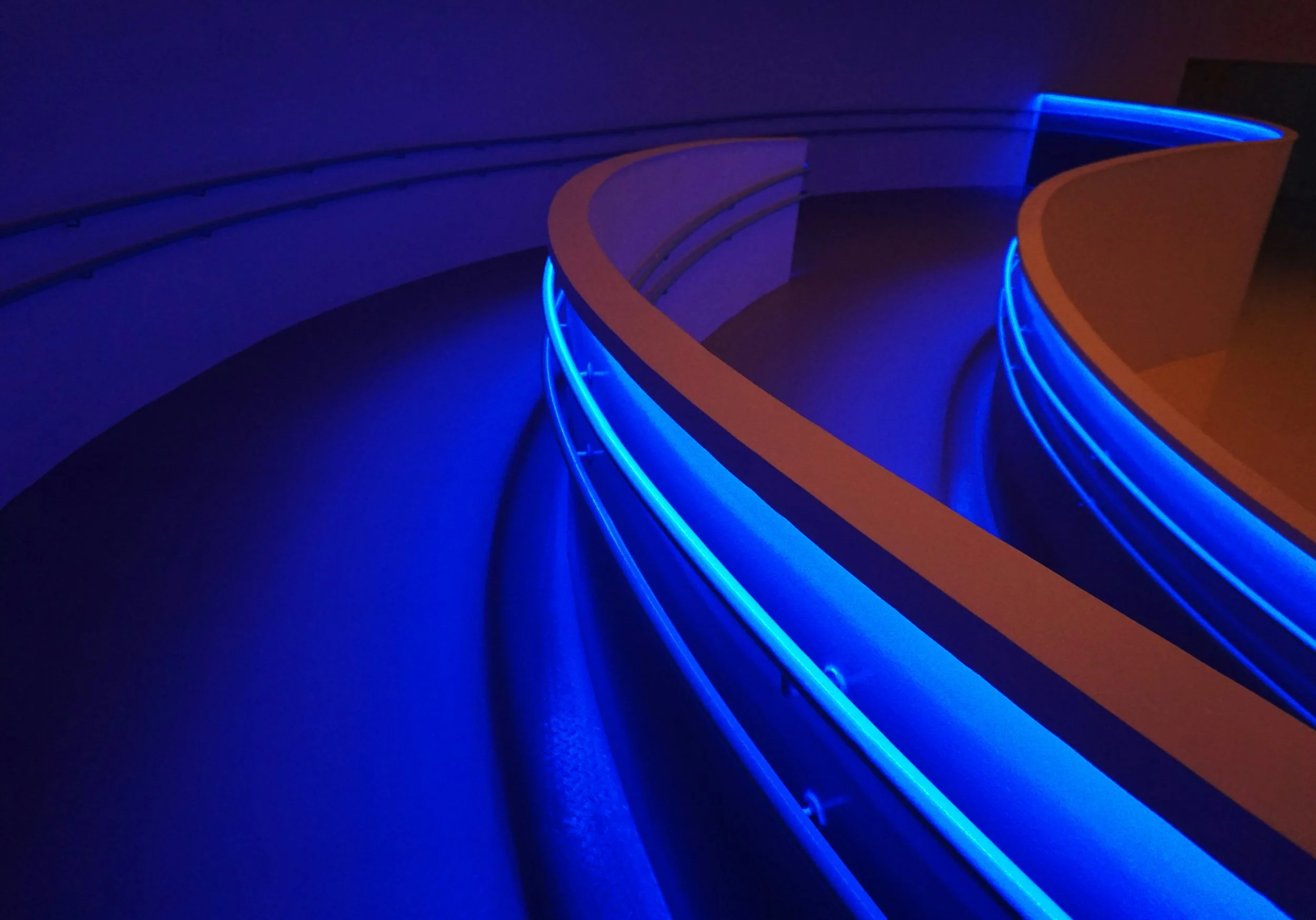Designing for Everyone: Accessibility and Neurodiversity in Immersive Experiences
Immersive experiences are built to pull people in. To spark connection, surprise, curiosity and to make people feel. But for that magic to truly land, we have to ask: who gets to feel it? Who is the experience really for?
At Immersive Ideas, we believe immersive spaces should be accessible to everyone, including people with physical disabilities, learning differences, sensory needs, and neurodivergent ways of processing the world. Accessibility isn’t a box to tick after the fun stuff is planned. It is the fun stuff. When you design with inclusion in mind from the beginning, the result is richer, more layered, and more human for everyone.
What Do We Mean by Accessible?
When people hear “accessibility,” they often picture ramps and wheelchair spaces. And yes physical access is essential. But it’s just one part of the picture.
True accessibility means designing for:
Mobility and physical access: step-free routes, seating options, accessible toilets, and venue layouts that consider wheelchairs, walking aids, and fatigue
Sensory needs: reducing overstimulation, offering sensory maps, chill-out areas, and moments of calm, this can be as simple as having pre-engagement documents available to let people know what to expect, or offering relaxed sessions or performance, we are seeing a lot of this and I'm here for it.
Cognitive and communication differences: clear signage, friendly staff, plain-language information, and predictable structure, how can you make this suitable for those with sight or hearing issues too?
Neurodivergent experience: designing for ADHD, autism, anxiety and sensory processing differences, not as an add-on, but as part of the core brief.
It also means giving people choices about how they engage. No pressure to perform. No shame in stepping out. Just a space that feels welcoming, flexible, and thoughtfully built, we can't do it all but we can try, don't make accessibility an after thought, it needs to be considered from the very first stages of planning.
Immersion Doesn’t Have to Be Overwhelming
Immersive experiences can be intense by nature. That’s part of their power, they’re designed to break the mould. But when intensity becomes disorientation, or surprise becomes stress, people disengage. And often, the people who disengage first are the ones already excluded in other areas of life.
That’s why we build with balance in mind. Sound, light, pace and flow, we use them intentionally, not indulgently. We create quiet zones at family events. We offer seating without making it feel like an afterthought. We design entry moments that allow people to get their bearings before being expected to play.
These are simple things. But they shift the experience from overwhelming to empowering.
Designing for Neurodivergent Audiences
As a team, we have lived experience of neurodiversity, physical disabilities, and parenting children with high support needs. So this isn’t just theory. We know what it’s like to walk into a space and scan for exits, to mask discomfort, or to sit something out because the design just doesn’t accommodate difference.
And we know how powerful it is when it does. When a child on the edge of meltdown finds a sensory space and re-regulates. When someone with anxiety finds a quiet corner and still feels part of the world. When non-verbal communication is treated as equally valid. These moments matter.
Neurodivergent people don’t need special treatment. We need thoughtful design. Immersive experiences are ideally placed to offer choice, flexibility, and non-linear journeys. That’s the beauty of the medium, when done right, it meets people where they are.
Small Shifts, Big Impact
Here are a few of the inclusive design practices we build into our work:
Step-free routes and accessible toilets mapped clearly in advance
Seating that’s integrated into the space, not tucked away
Visual guides or social stories shared pre-event
Sensory spaces or reset areas, especially at children’s events
Multiple ways to engage: watching, listening, reading, moving
Clear, kind language and well-briefed staff
Quiet times, relaxed sessions, or opt-in interactivity
We’re not perfect. But we ask the right questions early and often. We listen. We adapt. And we care.
Final Thoughts
Immersive experiences are for everyone. Not just those who are able-bodied, confident, and comfortable in loud, fast-moving spaces. When we design for access, physical, emotional, sensory and cognitive , we build spaces that more people can enjoy. And more people means more connection, more impact, and more magic. We are proud at Immersive Ideas to have completed Disability Equality Training to support how we design experiences, and are constantly reviewing how we can increase our knowledge and up-to-date policy and guidence to make events more accessible for all.
If you’re creating an immersive experience and want to make sure it welcomes everyone, let’s talk. We’ll help you design with purpose, creativity and care, so every guest, of every ability, can find their way in.


